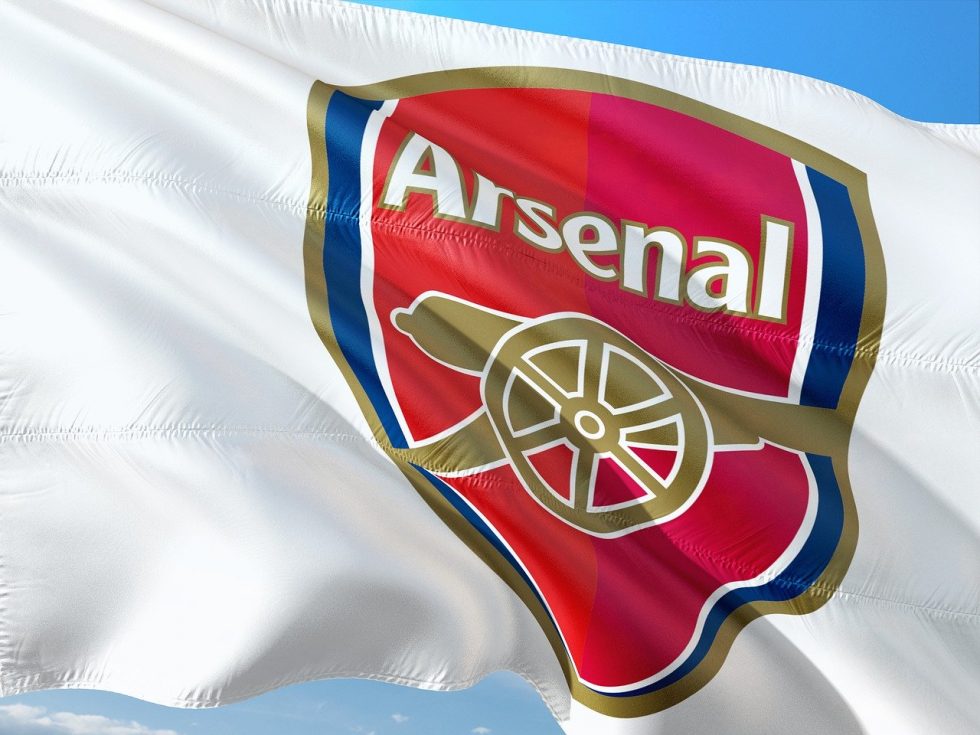Arsenal’s Chances For The Premier League Title According To Stats
Historical Premier League data pinpoint the extent to which the competition has changed over the last 28 years.
Furthermore, they pinpoint how much we’ll know about the 2020/21 campaign after just 10 games.
The last 28 years of English football is also known as a separate entity – ‘the Premier League era’ – because it represents a decisive moment of this sport in England when the biggest clubs in the country took over running the league and securing finances. It was later complemented with the arrival of dynamic coaches from overseas who put an emphasis on the minutiae of tactics and data and improved fitness levels. Thus, the standard at the top of the league is now so good that the margin for error is tinier than ever.
This all results in the following: what’s crucial to any team’s hopes of success in the 2020/21 Premier League is a fast start to the season. Studying data from the history of the Premier League shows that after just 10 games of the next season’s campaign it will be possible to assume on a rational basis about how the top of the charts will look by the time the league concludes in May.
Before and After 2003
Until 2003, not showing full potential at the very beginning of the season and saving energy for the second part was enough to win the Premier League. In 2012, Manchester United’s manager Alex Ferguson isolated the exact moment that things changed in the opposite direction at the top of the Premier League saying that Chelsea set new trends during their conquest to titles in 2005 and 2006.
So, in the first 11 Premier League campaigns, the champions at the end of the season led the title race after 10 games just three times – one time it was Arsenal, in 1997/98. Also, the average points tally of eventual champions after 10 games in the first 11 Premier League campaigns was 20.8. It has increased to 24 in the years to come.
Yes, Ferguson was right, Chelsea’s rhythm was probably the turning point but let’s not forget that Arsenal did such a thing first. ‘The Gunners’ led from the front in 2003/04, having a 10-game points tally of 24 and final points tally of 90 – setting the second-highest record in Premier League history at the time for both. So, it seems that the ‘Invincibles’ were the ‘firstborn child’ of the new breed of title-winners. Arsenal’s example was then only embraced and deepened by Chelsea.
Arsenal are among the five teams, who are part of the famous ‘Top Six’ of the Premier League, that were the only teams that led at the 10-game mark since 2003, being involved in 14 points tallies of 25+ after 10 matches, compared to just three before 2003. Let’s get back to numbers: the average position in the table of end-champions after 10 rounds has moved from 2.45 (1992 – 2003) to 2 (2003 – 2020).
Fighting for the title and the Champions League comes down to the same thing
It shouldn’t come as a surprise that the race for the Champions League followed a similar pattern. The only difference is that the effects became obvious a few years later. Namely, in 2001/02, the Premier League’s top four qualified for the Champions League for the first time ever. Since 2010/11, when the ‘Top Four’ was transforming into the ‘Big Six’, no team that has been fourth after 10 games has finished any lower than sixth.
Numbers again. Between 2001 and 2010, sides planning to finish fourth by the end of the season had an average points tally of 18.1 after 10 games. That tally has increased to 19.1 for the period between 2010 and 2020. The team that finished as No.4 at the end of the season registered 20+ points from the first 10 matches just once between 2001 and 2010. It has happened four times between 2010 and 2020.
One thing is sure: greater influence of money in the Premier League reduced the margin for error at the top, and it’s supported by statistics.
READ MORE: Top 10 Arsenal Most Expensive Departures Ever
